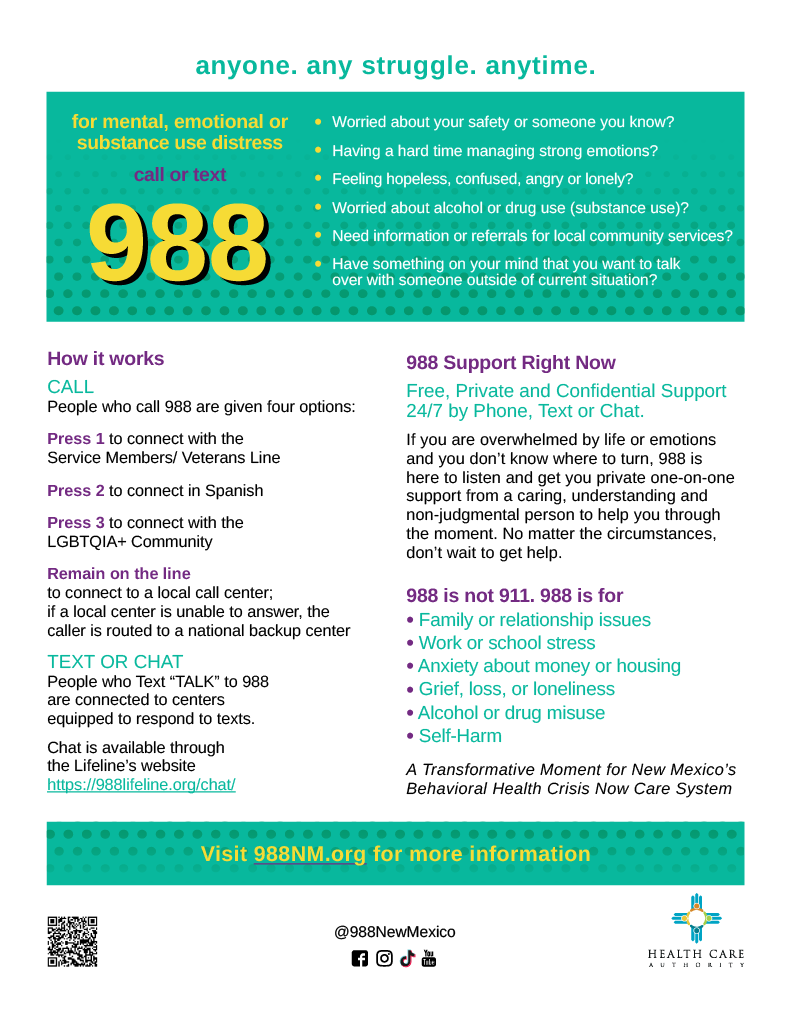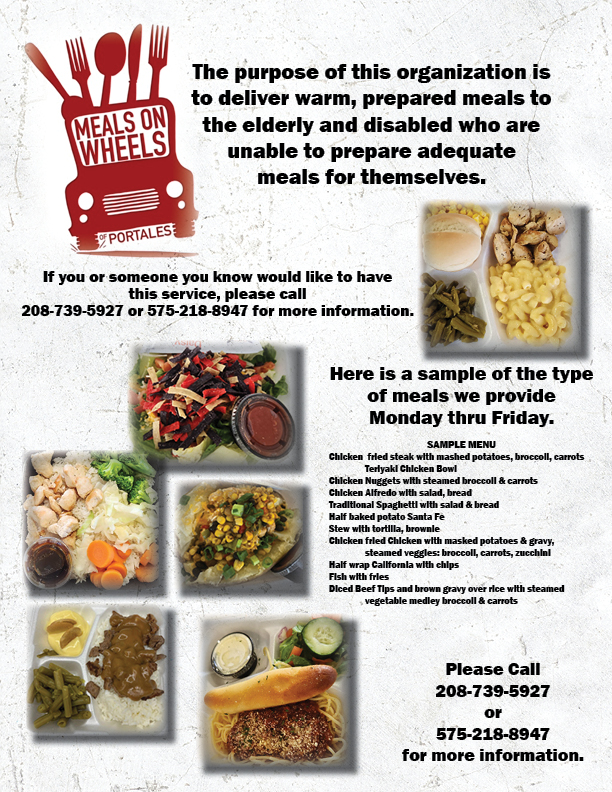- Prep 45 min
- Total 3 hr 15 min
- Servings 1
A lemon macaron is more than just a cookie, it’s a sophisticated treat that will transport you to the streets of Paris with every bite.
A blissful delicacy, with contrasting textures and flavors that mingle on your tongue. Starting with the light crisp shell and finishing with the soft pillowy lemon filling. It’s a little piece of bite-sized heaven, right here on earth.
Macarons are the perfect example of opposites attracting. A perfectly baked macaron has a thin, crunchy exterior and a soft, chewy interior that makes this French pastry oh-so-delectable!
If you are looking to impress, these lemon macarons are perfect! As a sweet dessert treat for your special event, as a gorgeous handmade gift, or a delicious thank you. Their elegance and hint of sophistication make them ideal for times when you wish to elevate your event.
Mastering the art of macaron making will open a world of flavors. Once you have the hang of the basic techniques, you can create any kind of delicacy your imagination can conjure.
We suggest you start with this zesty lemon version. The vigorous zing of lemon not only uplifts the taste but also introduces an exciting freshness to the classic treat. When you’ve mastered your lemon macarons skillset, check out our French macarons recipe.
How to Make Lemon Macarons
Making lemon macarons involves a few steps, but none of them are too difficult. Follow the recipe steps for specific directions. Here’s how you can whip up a batch.
Create a Template
Start by drawing circles on pieces of parchment that will fit into 2 large baking sheets. This is your guide when piping the meringue.
Make Your Batter
Sift powdered sugar and almond flour together to remove any clumps. Whip egg whites to stiff-peaked perfection and carefully fold the sugar-almond mixture into the meringue.
Pipe Your Cookies
Pipe batter onto the parchment paper templates resting on the baking sheets. To release any air bubbles gently tap your baking sheets. Then allow the cookies to rest. You will know when they are ready for baking when a light crust forms on top.
Filling the Meringues
Make a quick and easy lemon filling by mixing Betty Crocker™ Rich & Creamy Vanilla Frosting with lemon zest. Pipe the filling onto to half of the macarons, then top with the remaining half.
Then Wait
Allow the lemon macarons to rest over night before serving.
How to Fill Lemon Macarons
While traditional filling is lemon curd for macarons, our lemon macarons are made even easier by mixing together Betty Crocker™ Rich & Creamy Vanilla Frosting with a generous amount of lemon zest.
Place the lemon filling for macarons into a piping bag and pipe onto half of the baked meringues before topping with the remaining half of the macaron.
If you prefer, the lemon filling can be spread onto the meringues using a small spatula.
Looking for other cookie recipes? Check out our cookie recipe collection.
Storing Lemon Macarons
Storing lemon macarons correctly is important when it comes to maintaining their delicate texture, with a crispy crust and light and chewy interior.
Store, covered, in the refrigerator, for up to 3 days. You may serve them cold, straight out of the fridge, or you let them sit at room temperature for 15 minutes before serving. Macarons do not freeze well, so we don’t recommend making them more than 3 days in advance.
Looking for other lemon cookie ideas? We’ve gathered them all for you on our lemon cookie collection.
Ingredients
Cookies
- 1 1/2cups powdered sugar
- 1cup super-fine almond flour
- 3egg whites, at room temperature
- 1/4teaspoon cream of tartar
- 3tablespoons granulated sugar
- 1/2teaspoon vanilla
- 1/4teaspoon Betty Crocker™ Yellow Gel Food Color
Filling
- 2/3cup from 1 tub (16 oz) Betty Crocker™ Rich & Creamy Vanilla Frosting
- 2teaspoons grated lemon zest
Steps
-
1Trace 32 (2-inch) circles, about 1 1/2 inches apart, onto 2 sheets of cooking parchment paper for cookie templates (16 circles on each piece of cooking parchment paper). Place pencil-side down on 2 large cookie sheets.

-
2Using a fine mesh strainer, press and sift together powdered sugar and almond flour into a medium bowl; set aside. Discard any remaining large almond pieces left in the strainer, if any, after pressing firmly into strainer.

-
3In large bowl of stand mixer, beat egg whites and cream of tartar with whisk attachment on high speed just until foamy. Gradually add granulated sugar, 1 tablespoon at a time, beating on high speed 1 to 2 minutes or until soft peaks form. Beat in 1/2 teaspoon vanilla and food color just until evenly colored. Continue to beat on high speed 1 to 2 minutes longer or until stiff peaks form. To check for stiff peaks, remove and turn the whisk upright and check to see if the egg white mixture can stand straight up in a tall stiff peak with defined edges; if not, continue to beat briefly, and recheck the peak.

-
4Using a large rubber spatula, fold half of the powdered sugar-almond mixture into the egg white mixture by going around the bowl with the spatula and cutting through the center of the mixture. Add the remaining powdered sugar-almond mixture, and continue to fold until completely incorporated. (This is called “macaronage” which is the French term for the technique of careful folding and mixing of the batter to make the right consistency for the macaron batter.)

-
5To test the batter’s consistency: Batter should flow off the spatula when lifted from the bowl like a ribbon of thick cake batter. As the batter flows into the bowl from the spatula, try drawing a figure 8 over the remaining batter in the bowl. The figure 8 pattern should rest on top of batter for about 10 seconds before becoming part of the batter again. If this does not happen, gently fold 1-2 additional times, and check again. (Don’t over or under mix.)

-
6Place a large decorating bag fitted with 1/2-inch round tip in a glass measuring cup or a large glass, and fold the opening down around the glass so it’s like a collar. Spoon or pour batter to fill the bag. Remove the bag, and bring ends together; twist and squeeze mixture toward tip. Pipe dollops of batter onto template within 1/4 inch of template line.

-
7Tap bottoms of cookie sheets on counter a few times to flatten cookies and remove air bubbles. If tops have a peak, wet fingertips lightly on damp paper towel and press down to flatten. Using a toothpick, immediately pop any remaining bubbles that appears on surfaces. Let stand uncovered at room temperature 30 minutes to allow a light crust to form on tops.

-
8Heat oven to 300°F.
-
9Bake one pan at a time 17 to 18 minutes or until tops look set. Cool 10 minutes on pan; remove cookies from cookie sheets to cooling racks. Cool completely, about 15 minutes.
-
10Meanwhile, in another medium bowl, mix frosting and lemon zest until blended. Spoon filling into a decorating bag fitted with a round tip. For each sandwich cookie, pipe a dollop of about 2 teaspoons filling almost to the edge on flat side of 1 macaron. Top with second macaron, flat side down; gently press together so filling comes to the edge of sandwich cookie.

-
11Cover and refrigerate at least 1 hour or overnight before serving. This allows the macarons to “mature,” which softens and flavors the shells.
-
12Serve cold or remove from refrigerator 15 minutes before serving. Store covered in refrigerator for up to 3 days.
Tips from the Betty Crocker Kitchens
-
tip 1
-
tip 2
-
tip 3
-
tip 4
-
tip 5
-
tip 6
-
tip 7
-
tip 8
-
tip 9
-
tip 10
Frequently Asked Questions
What is the Best Way to Make Lemon Macarons the Same Size?
Part of the beauty of lemon macarons is in how they all look perfectly the same. To achieve this perfection, create a template that you can follow when piping out the meringues onto the baking sheets.
Using a pencil and a 2” diameter cookie cutter, draw circles onto sheets of parchment paper. The parchment is then placed, pencil-side down, onto the baking sheets.
These circles make it easy, even for a macaron novice, to form identically sized meringues, which is so important when making sandwich cookies.
Or for a no fail shortcut, invest in a silicone macaron mat to get those perfect circles.













































